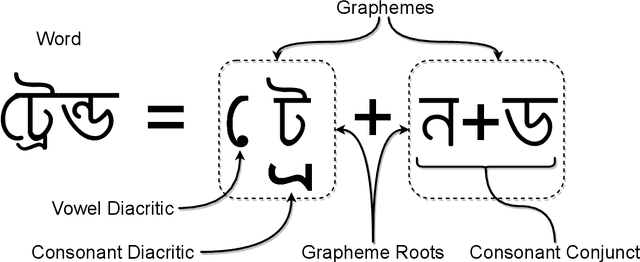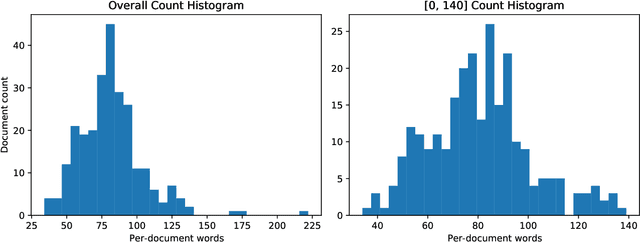Muhammad Mohsin Kabir
BanglaWriting: A multi-purpose offline Bangla handwriting dataset
Dec 08, 2020



Abstract:This article presents a Bangla handwriting dataset named BanglaWriting that contains single-page handwritings of 260 individuals of different personalities and ages. Each page includes bounding-boxes that bounds each word, along with the unicode representation of the writing. This dataset contains 21,234 words and 32,787 characters in total. Moreover, this dataset includes 5,470 unique words of Bangla vocabulary. Apart from the usual words, the dataset comprises 261 comprehensible overwriting and 450 handwritten strikes and mistakes. All of the bounding-boxes and word labels are manually-generated. The dataset can be used for complex optical character/word recognition, writer identification, handwritten word segmentation, and word generation. Furthermore, this dataset is suitable for extracting age-based and gender-based variation of handwriting.
A Multi-Plant Disease Diagnosis Method using Convolutional Neural Network
Nov 10, 2020



Abstract:A disease that limits a plant from its maximal capacity is defined as plant disease. From the perspective of agriculture, diagnosing plant disease is crucial, as diseases often limit plants' production capacity. However, manual approaches to recognize plant diseases are often temporal, challenging, and time-consuming. Therefore, computerized recognition of plant diseases is highly desired in the field of agricultural automation. Due to the recent improvement of computer vision, identifying diseases using leaf images of a particular plant has already been introduced. Nevertheless, the most introduced model can only diagnose diseases of a specific plant. Hence, in this chapter, we investigate an optimal plant disease identification model combining the diagnosis of multiple plants. Despite relying on multi-class classification, the model inherits a multilabel classification method to identify the plant and the type of disease in parallel. For the experiment and evaluation, we collected data from various online sources that included leaf images of six plants, including tomato, potato, rice, corn, grape, and apple. In our investigation, we implement numerous popular convolutional neural network (CNN) architectures. The experimental results validate that the Xception and DenseNet architectures perform better in multi-label plant disease classification tasks. Through architectural investigation, we imply that skip connections, spatial convolutions, and shorter hidden layer connectivity cause better results in plant disease classification.
 Add to Chrome
Add to Chrome Add to Firefox
Add to Firefox Add to Edge
Add to Edge